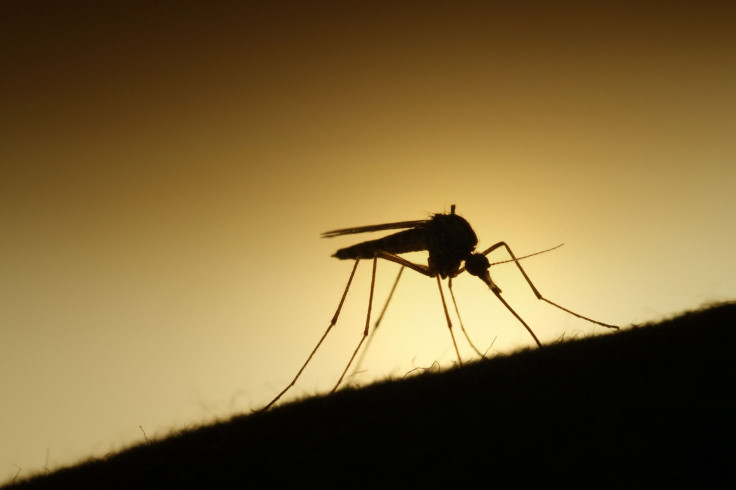Tropical Disease Chikungunya Often Misdiagnosed As Dengue Fever; How To Tell Symptoms Apart

Both chikungunya and dengue fever are tropical diseases spread via mosquito bites, but according to a recent study, one may be often misdiagnosed as the other — a mistake that could mask the spread of the chikungunya as it expands its global reach. Here is what you need to know in order to tell these diseases’ similar symptoms apart.
For a study now published online in BMC Infectious Disease, a team of scientists representing various international institutions created global maps of areas prone to both chikungunya and dengue fever outbreaks in an effort to better understand the diseases’ geographical limits and potential future spread. In doing so, the team found that, although both diseases are spread by the same vector, the Aedes aegypti mosquito, the number of countries that have reported dengue cases are disproportionately higher than those to have reported chikungunya. For example, while 154 countries reported dengue infections, only 99 reported chikungunya. The researchers believe that mass misdiagnosis is at the root of this inequality, and suggest that doctors may be diagnosing dengue fever in too many cases.
“During dengue outbreaks, or in countries that historically suffer dengue epidemics, clinicians tend not to confirm their diagnosis in the laboratory; dengue infection is assumed," Laith Yakob, Lecturer in Disease Vector Biology and lead author of the study, said in a recent statement.
Chikungunya and dengue fever are both viruses common in warm, tropical climates and both are spread through mosquito bites. When working off symptoms alone, chikungunya and dengue fever are extremely similar in the acute stages. According to the Centers for Disease Control and Prevention, both diseases are associated with fever, rash and joint pain at about a week after initial infection.
However, dengue fever classically is accompanied by a headache, eye pain, prominent muscle aches, and enlarged lymph nodes, the American College of Emergency Physicians reported. Chikungunya is also characterized by a prominent headache and enlarged lymph nodes, but instead of the general muscle pain that is so characteristic of dengue, chikungunya is marked by joint pain and arthritis.
"Joint pain is the difference between the two. In adults, the arthritis can go on for many months," Dr. Jay S. Keystone said at a conference on pediatric infectious diseases sponsored by Children's Hospital Colorado, according to the ACEP report.
Although there is no cure for either disease, the research team worries that as chikungunya rapidly expands its global reach, such problems with diagnoses could obscure the disease's true impact on public health. Their study calls for more accurate diagnosis procedures to prevent this.
Source: Furuya-Kanamori L, Liang S, Milinovich G, et al.Co-distribution and co-infection of chikungunya and dengue viruses. BMC Infectious Diseases.



























